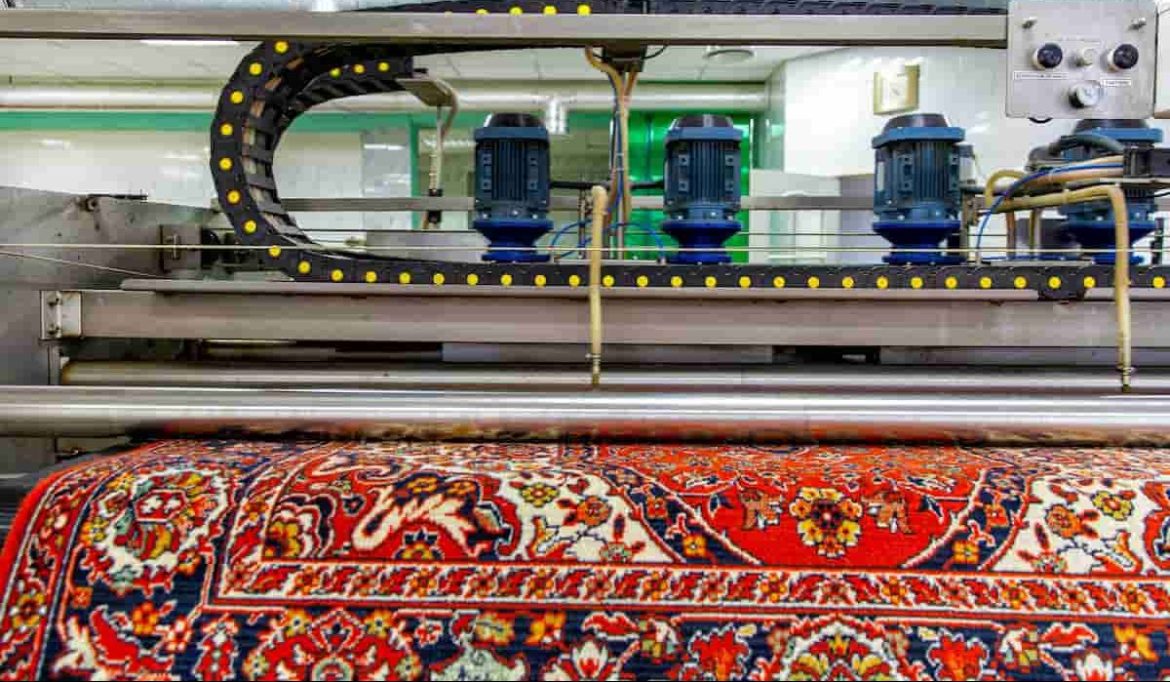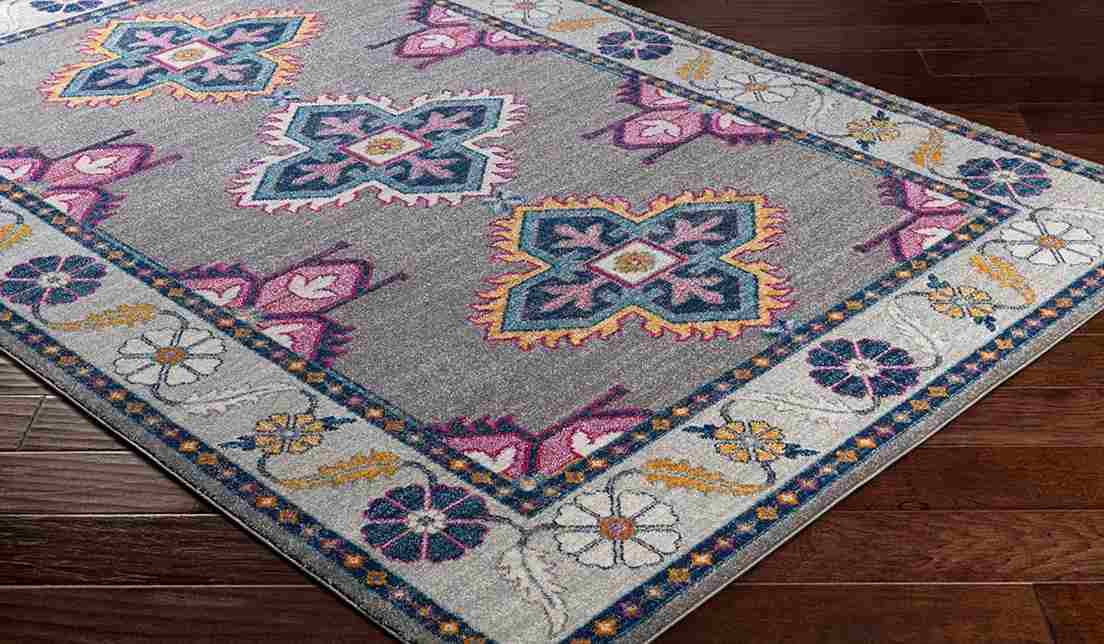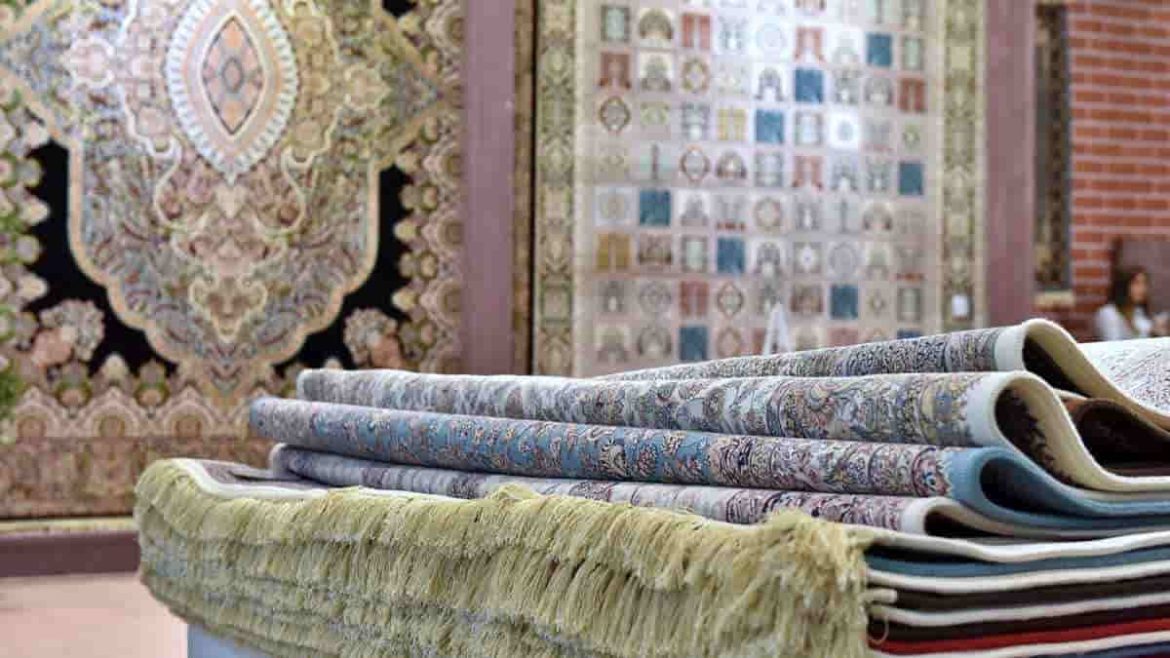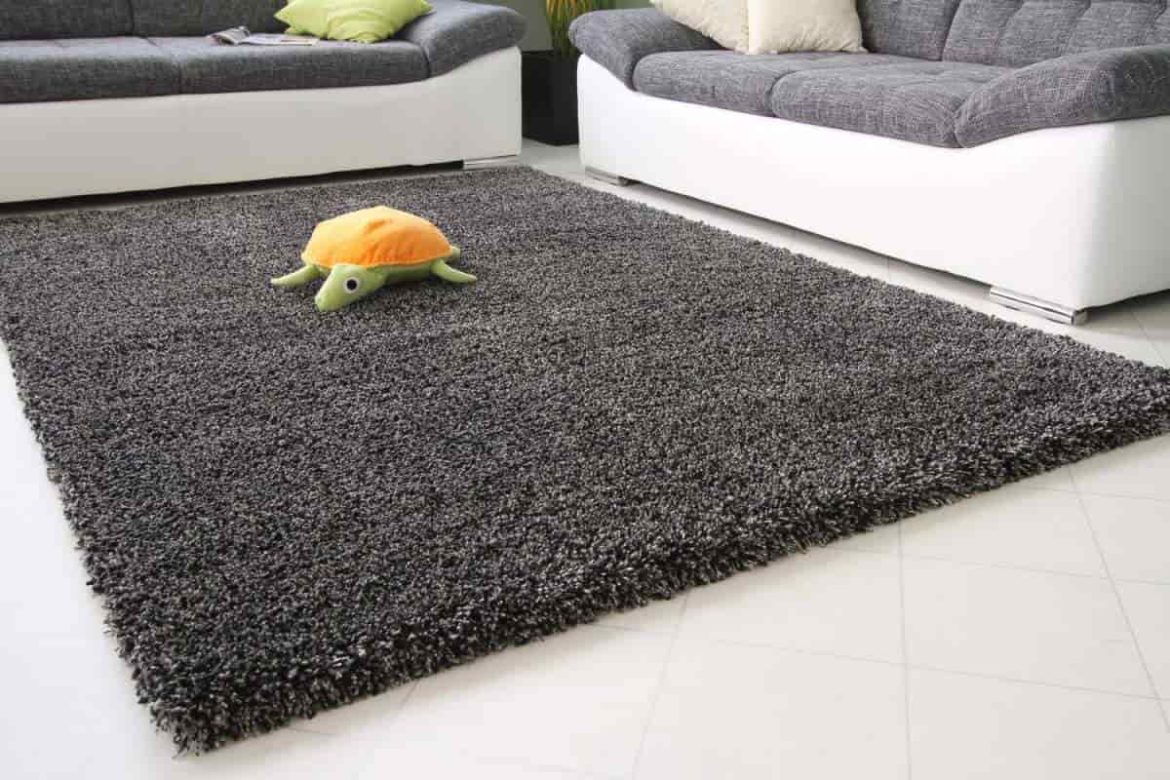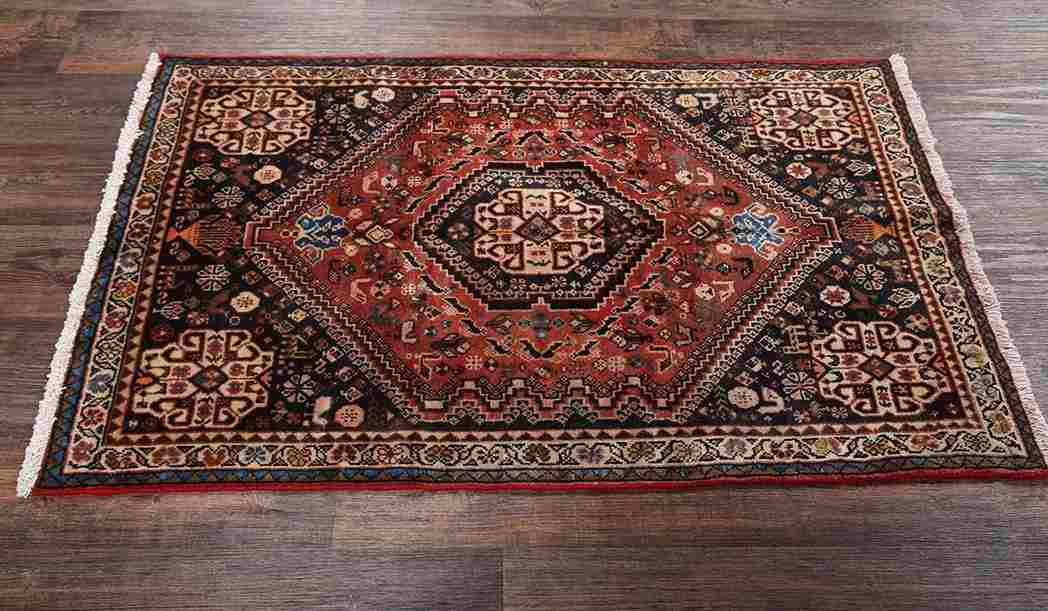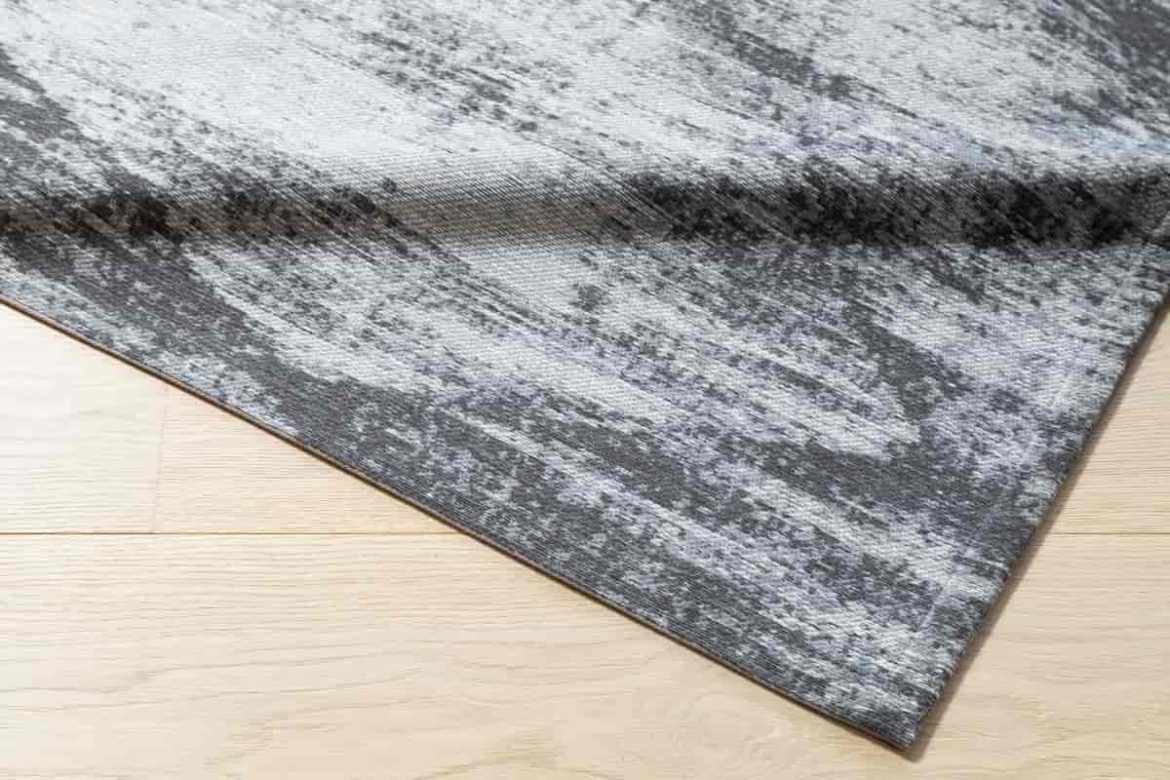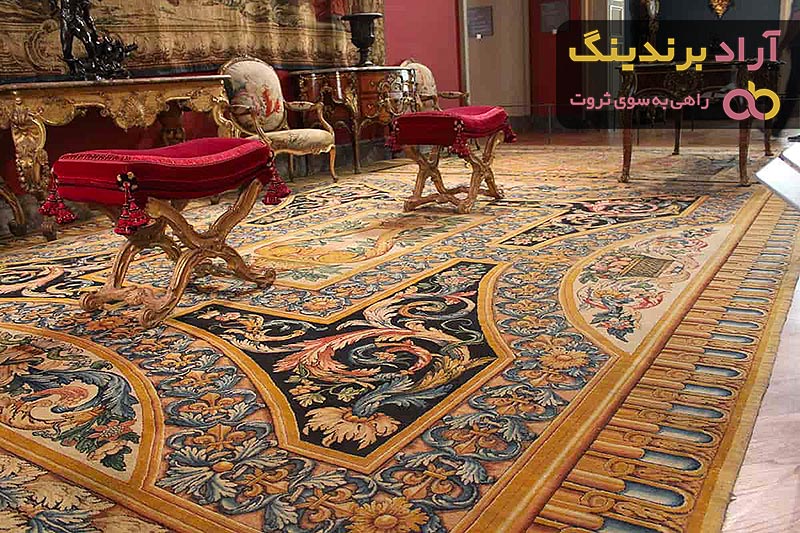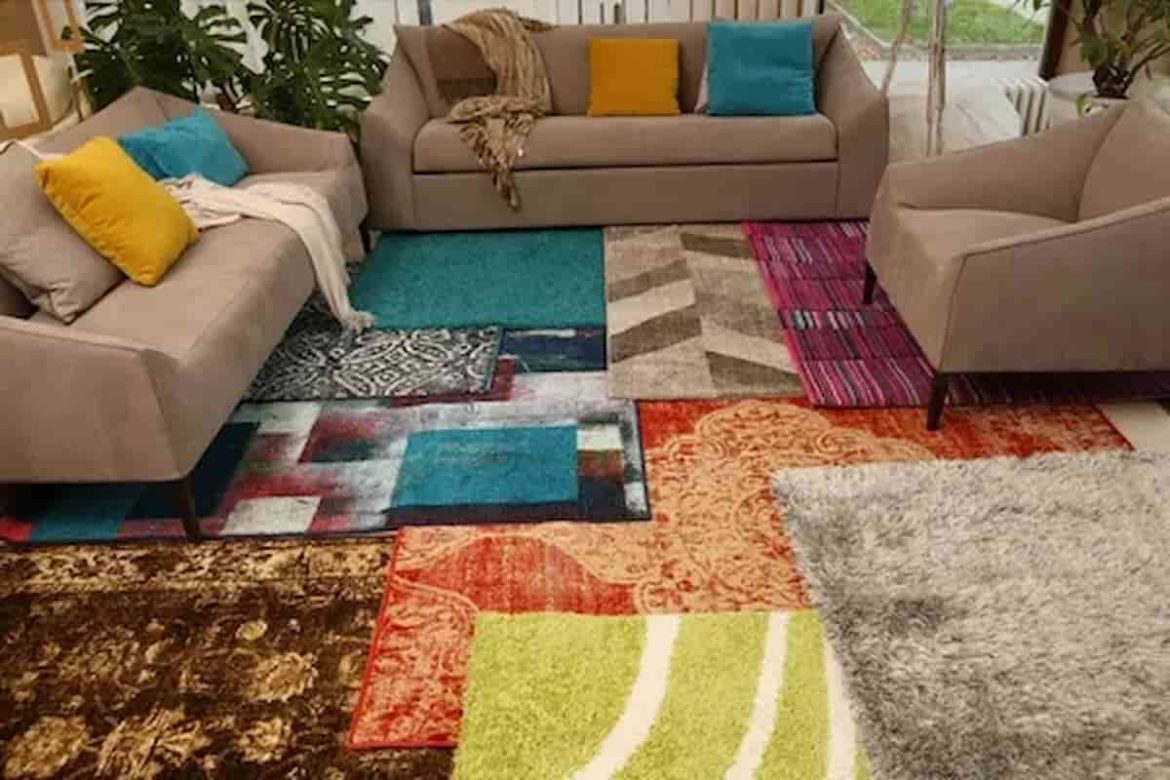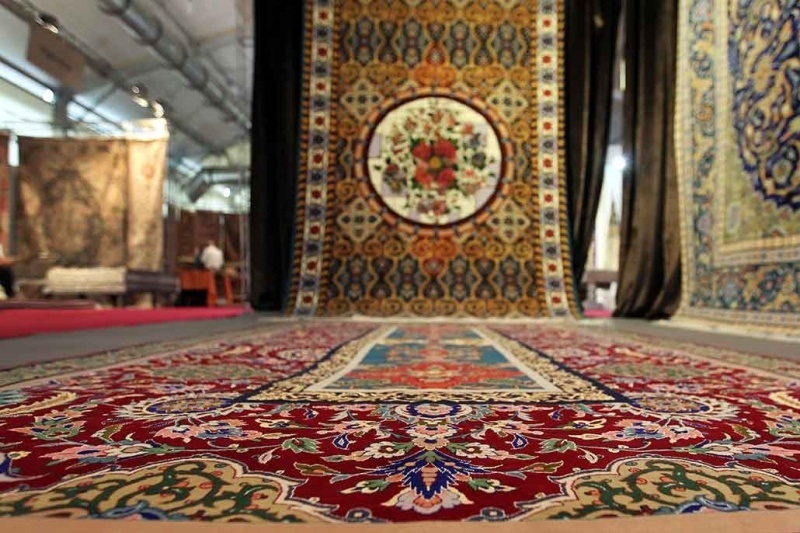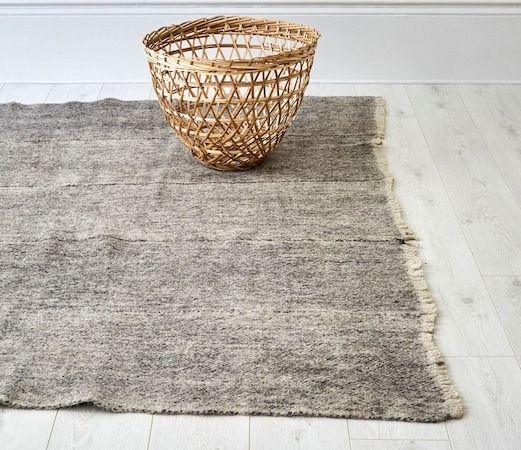Purchase And Price of pakistan oriental rugs Types
There has been a carpet industry in Pakistan for quite some time and it is one of the oriental countries which produced many types of carpets at a reasonable price
The west and northwest Pakistan have been home to nomadic states that have been spinning carpets since antiquity
The Mongols ruled over this area from the 16th to the 11th century, and it was under Akbar Shah’s reign (1556–1605) that carpet production and popularity reached an all-time high
The expansion of the Iranian carpet business was aided by Akbar Shah’s recruitment of skilled Iranian carpet weavers
The contemporary method of carpet weaving was pioneered in Punjab, where the first workshops were established
The separation of Agra and Delhi as governmental centres led to the flourishing of carpet weaving in both of these regions
Over time, this vocation came to encompass the entirety of Pakistan
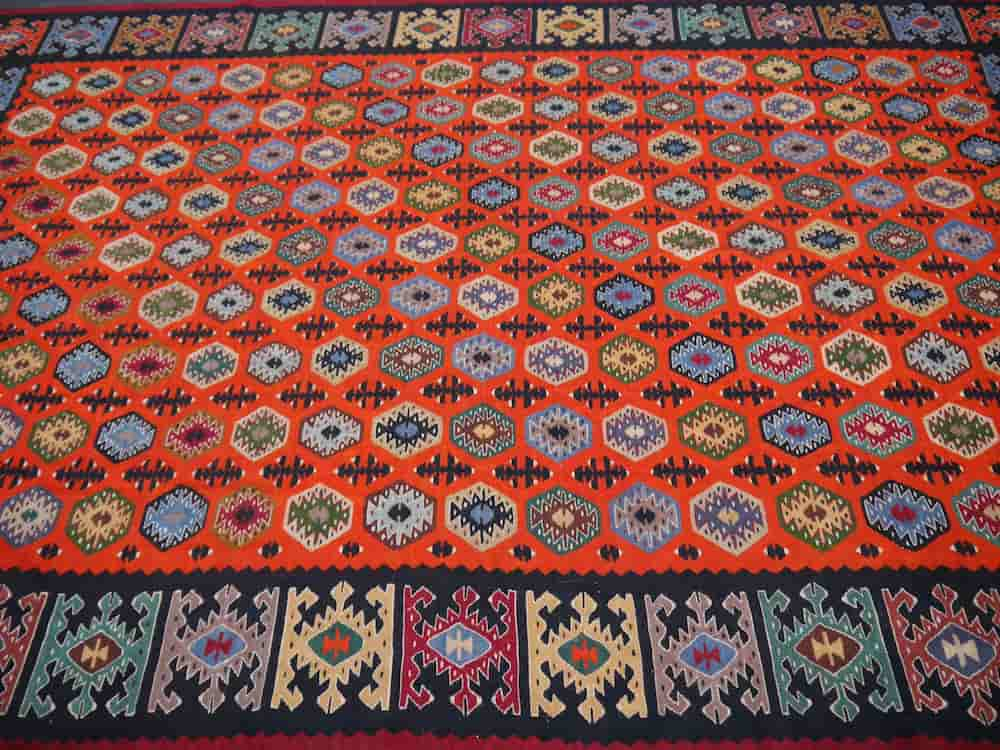
In 1947, carpet weaving revives in Pakistan
Following Pakistan’s diversification, Indian carpet weavers migrated there
Pakistan’s carpet-weaving industry has evolved during the past three decades
Virtually all Pakistani carpets are exported, and the carpet weaving industry is a significant foreign cash earner
Carpet’s scope There are no specific numbers for the size of this industry due to the fact that numerous carpet-weaving workshops operate informally across the nation
According to unofficial estimates, Pakistan is home to 300,000 carpet weavers and one million individuals in adjacent sectors
The export of carpets accounts for 12
5% of Pakistan’s total export revenue
Carpet manufacturing geography Pakistan’s largest carpet-weaving centres are organised into 54 state districts
75 percent of Pakistan’s carpets are produced between Lahore, Lyallpur, and Multan in the northwest state of Punjab
Peshawar and Sindh produce carpets as well
Pakistan’s nomadic tribes weave carpets, but their products are only a portion of the quasi-Iranian carpets produced in Sheikhpur, Faizabad, Gujranwala, Multan, Muzaffar Gaz, and Dere Ghazi Khan
Lahore, Sialkot, Bahawalpur, and Faisalabad produce carpets in the Bukhara style
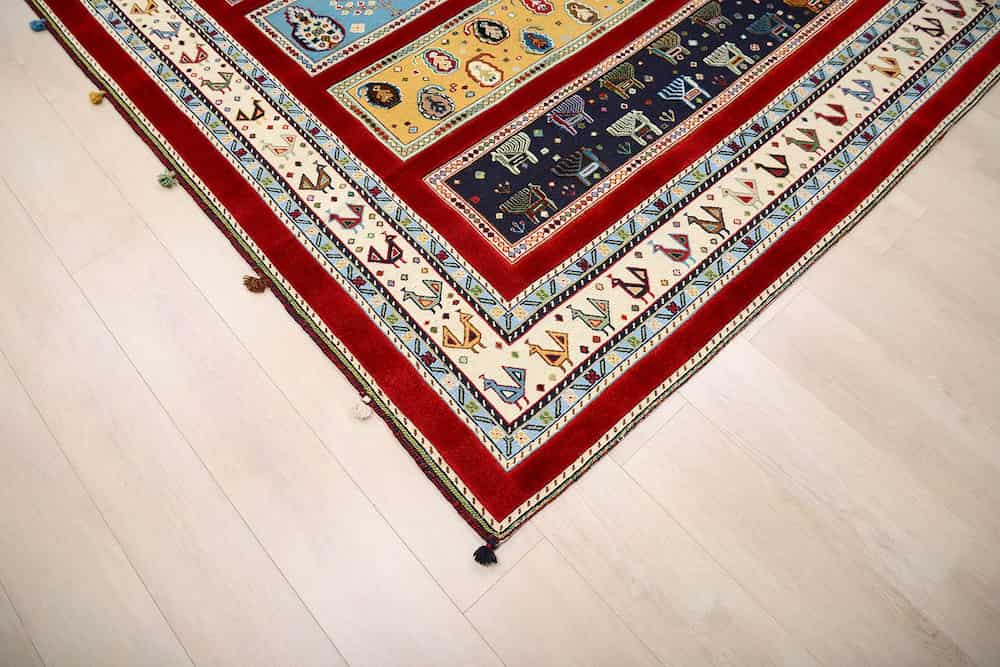
Handmade rugs from Pakistan
Pakistan’s handmade rugs industry has grown with planning and study from World War II and independence in 1947
The independent government of Pakistan in the new period revived the profession by establishing organisations and production workshops of experts and producers of handwoven carpets and by paying production subsidies
Experienced weavers from India and Turkmenistan were asked to work at newly built workshops in Karachi, Lahore, and Islamabad
Since 1960, carpets have made specific arrangements, such as tax breaks and government financial aid, to enhance production, exports, and commercial activities
They have also created adequate conditions for promoting carpet weaving in the country, another beneficial approach
The government helped weavers who didn’t want to work in centralised workshops create their personal and home workshops by concluding work stoppage agreements to let them own the means of production
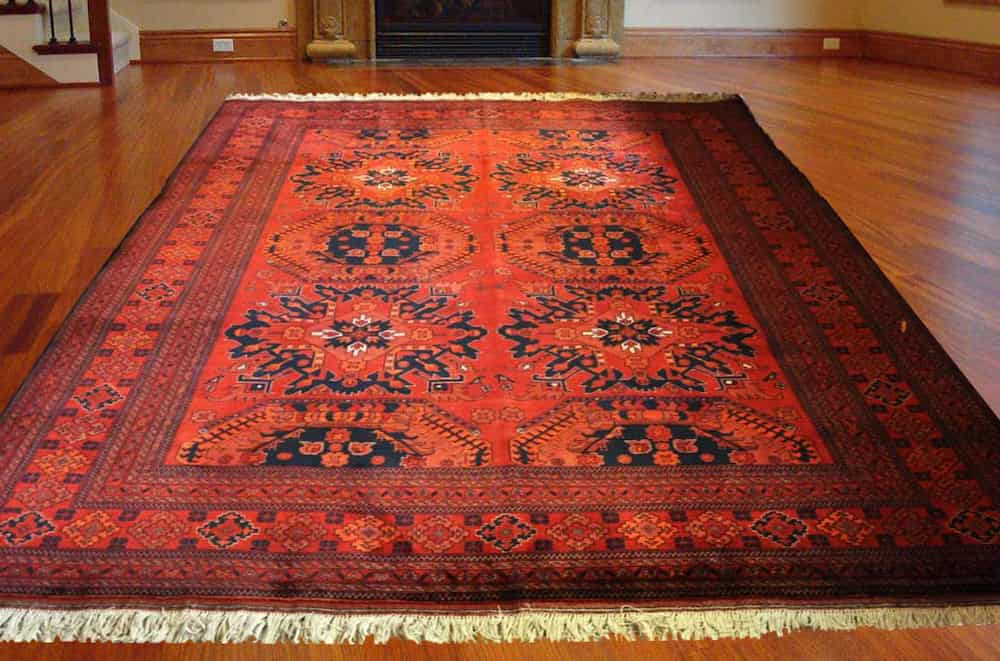
This way, a person owns the work tools and the product
By engaging permanent workers in workshops and providing financial aid for home production, this country’s carpet exports grew quickly
Pakistani carpets are woven with silk, wool, and cotton yarn and have a high count (fine weave) compared to Indian carpets
In the past, this country’s carpet designs were adopted from Turkmen (Bukhara) patterns, but now they’re largely Iranian
Lahore, Karachi, Hyderabad, and Peshawar produce carpets
Pakistani carpets are woven with Turkmen motifs and Bukhara flowers, as well as broken and simple geometric designs from Iran, Turkey, and India, dubbed Moorish Bukharai
Mori Kashan, Isfahan, and
are famous
Bukhara Turkmen map, Balochi maps, rural maps, Anatolian or Turkish maps, Indian maps and Iranian maps such as Lakh and Taranj, Afshan Shah Abbasi patterns, tree maps, animal hunting and Altar maps are prominent in Pakistani carpet weaving
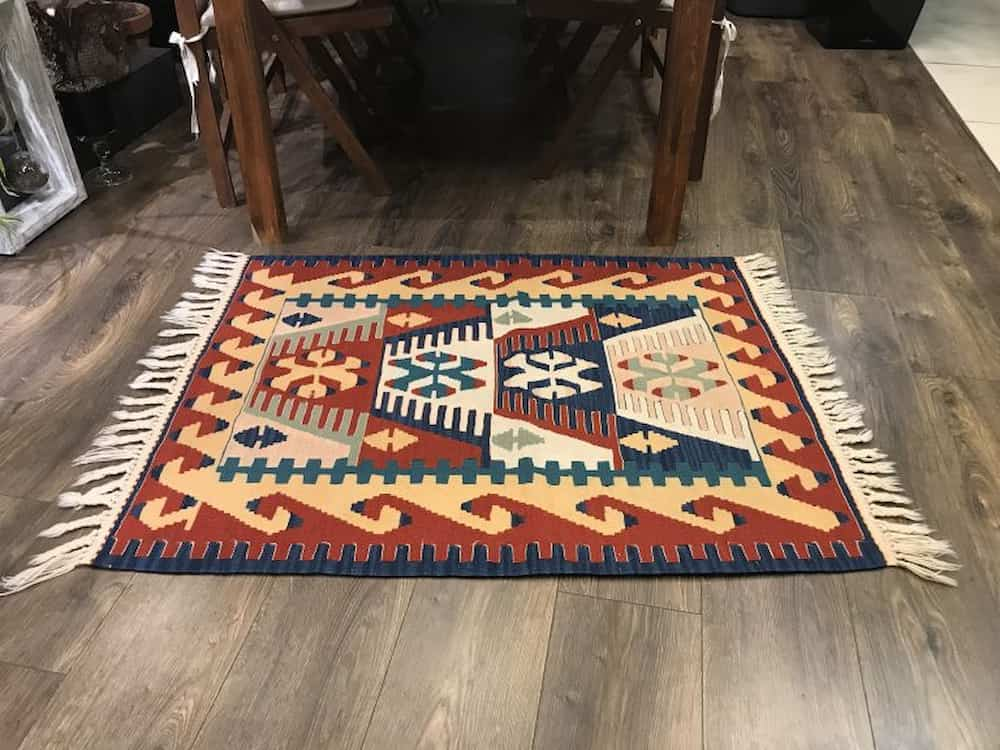
Handmade rugs price in Pakistan
The quality of Iranian handmade rugs and carpets is unique, but their excessive price has made rugs made in Pakistan and other carpets more popular
Mojtabi Araghchi stated on hand-knotted carpets: The decreased purchasing power of the populace has hurt domestic sales of hand-woven carpets
The sanctions have killed 95% of the market for hand-woven carpets in Iran
He added: Currently, the export situation is abysmal, consumption has decreased, and exporters are unable to easily obtain foreign currency, resulting in dismal stagnation on both local and international markets
Additionally, the spread of the Corona virus has harmed international markets and exports
influenced Price-wise, we cannot compete with India, Pakistan, and Afghanistan, the head of the handmade carpet sellers’ organisation stated
Industrial and commercial carpeting is not our specialty
These three countries have cheaper carpets than Iran
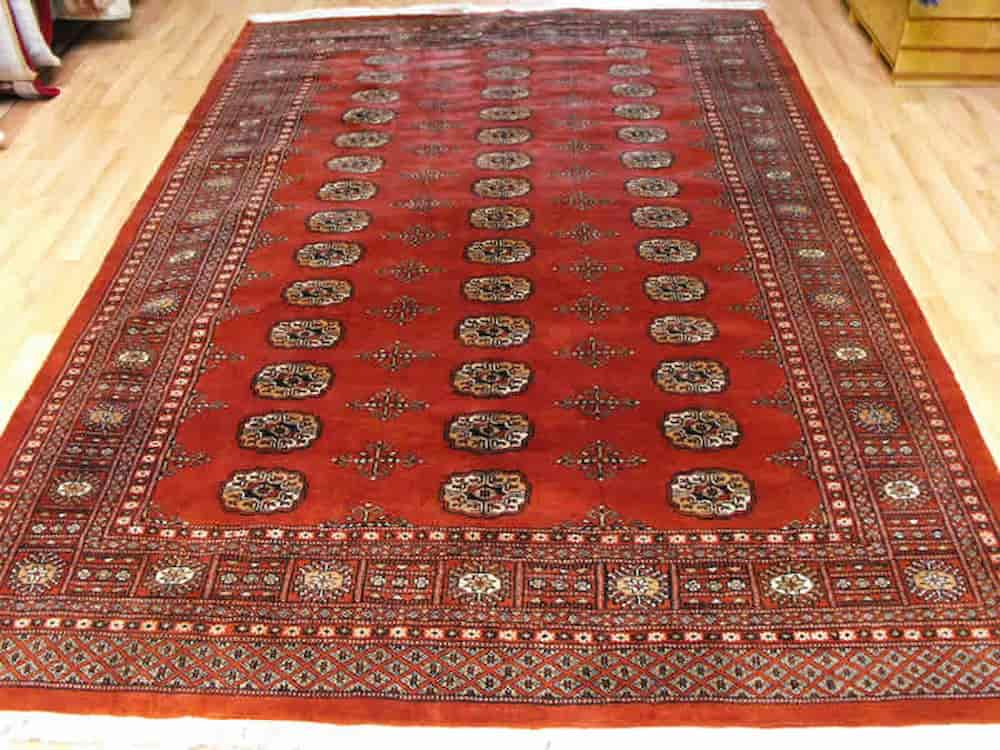
When Iranian carpets cost $500 while Indian, Pakistani, and Afghan carpets cost $250, purchasers who are not investing will prefer carpets from other countries
He later sold it
The majority of Iran’s consumers are from Germany, France, and other European nations
The United States used to purchase 40% of Iranian carpets, but no longer does so
The 40 percent market ban has been lifted, and we now have new customers in Russia, Brazil, and South America; nonetheless, the market is sluggish
In 1997, the value of Iran’s carpet exports was $300 million, however, this figure declined in 1998 and 1999 and during the 21 century, the situation remains the same
Carpet Vendors Union President: High taxes have negatively impacted domestic sales, and numerous union members are closing outlets
Only producers are subject to hefty taxes; exporters and dealers are exempt
If the seller is immune from taxes, this market will flourish, and buyers will consider carpets as capital commodities similar to gold, currencies, vehicles, and real estate, and move their assets into carpets
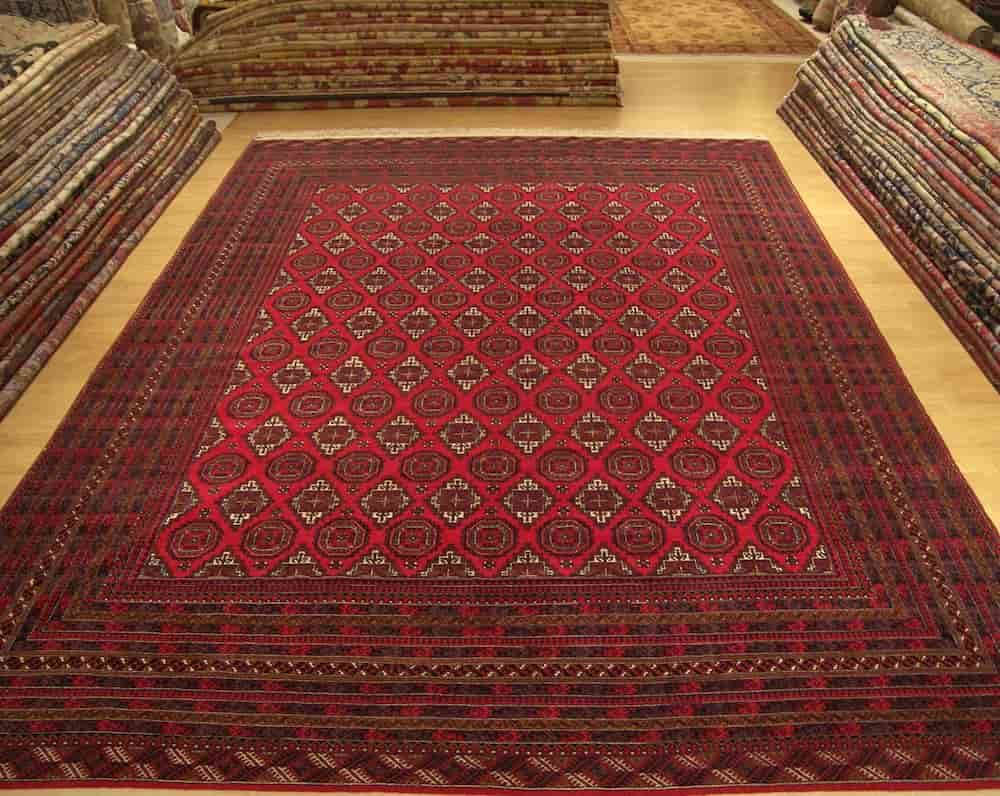
Handmade oriental rugs Pakistan
A Pakistani carpet is an oriental handmade rug woven in Pakistan
It is occasionally referred to as a Pakistani carpet
Historically, Pakistan was a region of India; however, in 1947, Pakistan declared independence from India and founded its own nation
Pakistan includes the areas of Sindh, Punjab, Balochistan, and the North-West Frontier, as well as a portion of the Kashmir region
Sunni Muslims account for around 77% of the population, while Shia Muslims account for approximately 20%
The great majority of handmade carpets from Pakistan are sold on international markets
Until quite recently, carpet patterns were either modified versions of Turkmen carpets or reproductions of traditional patterns (Bukhara carpet designs)
Currently, carpets from multiple Iranian cities are being replicated in that nation
Lahore, Karachi, Hyderabad, and Peshawar are the most important centres for carpet weaving
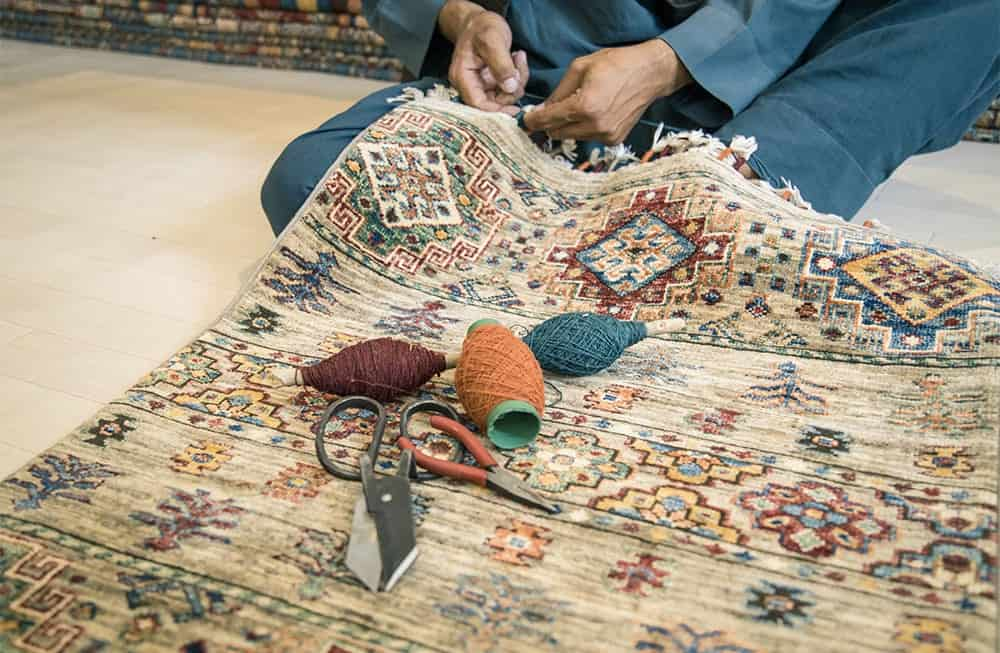
Carpets are woven in both workshops and communities throughout Pakistan
Traditional Pakistani carpets are woven using asymmetrized knots and cotton weft
Some of the most cost-effective variations may utilise chettai weft
For the creation of finer carpets, either indigenous wool or a blend of indigenous wool with wool from Australia and New Zealand is used
In the case of imitation Iranian carpets, a loop weave is used, whereas a flat weave is used for Bukhara carpets
Using a formula, the amount of knots in a Pakistani carpet is measured in terms of its density (number of knots in one inch of length divided by number of knots in one inch of width)
For example, 22/11 is 11 multiplied by 22 knots, which is 242 knots per square inch; the quotient of this number is 29, which is the number of knots per square inch
The term “double” in reference to a Pakistani carpet denotes that the number of longitudinal threads is double the number of transverse threads
Pakistani carpets are assigned a number between 16 and 50
The textile industry in Pakistan manufactures lint-free woollen fabrics for domestic use
These braids are referred to as “Farasi” and “Palsk
”
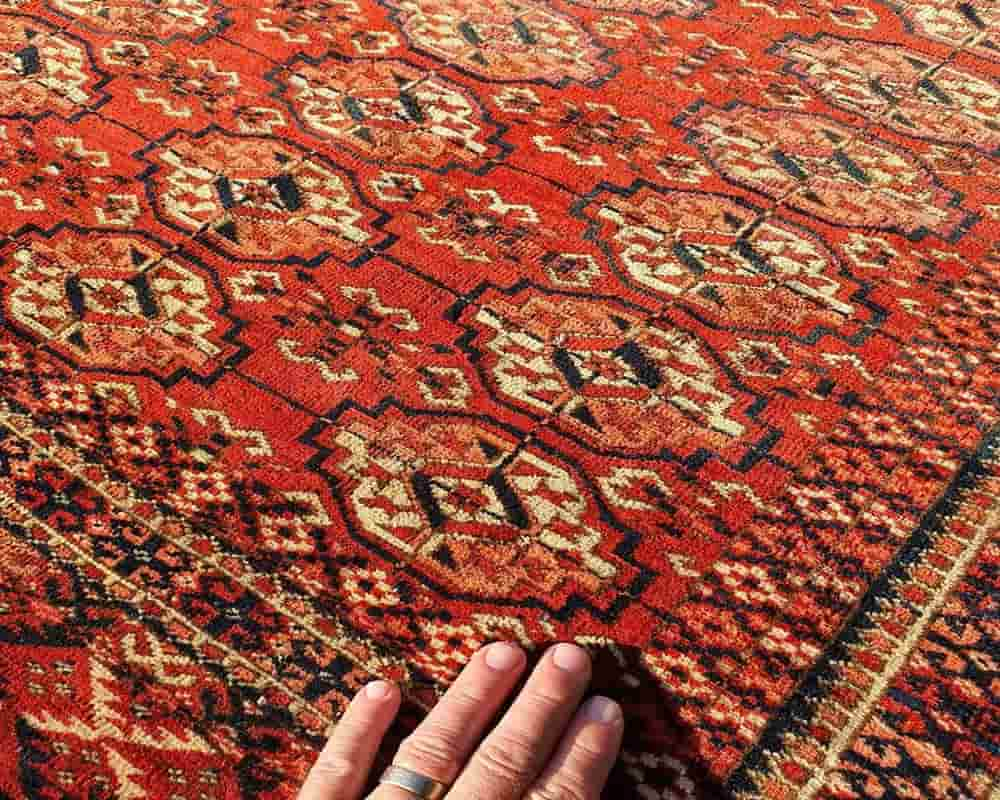
Handmade oriental rugs from China
What do you know about oriental handmade rugs coming from China? Inaccurate information exists regarding the birth of carpet weaving in China
But it is conceivable that following the fall of the Ming Dynasty and the rise of the Manchu Empire, the weaving of pile carpets began in this land
Nevertheless, some accounts indicate that the craft of carpet weaving in East Turkestan has a lengthy history
Acquaintance with Chinese rugs At present, East Turkestan is one of China’s provinces
This territory was seized by the Chinese in the middle of the eighteenth century and became an offering to the Chinese emperors
Numerous believe that carpet weaving first entered China via Eastern Turkestan, and that the city of Kansu, located in western China, was the centre of trade and supply for many Turkestan carpets to China and Europe
Although the carpets of this region arrived in Europe quite late, they were mostly recognised by the same names since they were transported through the carpet-trading centres of Western Turkestan such as Samarkand and Kokand
If the primary source of their textiles was located in Eastern Turkestan’s large and renowned cities such as Kashgar and Khotan
Since the beginning of this century, Western and European countries have grown increasingly familiar with Chinese carpets; consequently, big workshops for the manufacturing of tufted carpets have been constructed in important Chinese cities such as Beijing, Tien Sin, etc
, in response to the increased demand
They began to labour
The older Chinese carpets, which were influenced by Turkestan carpets, shared a greater degree of design and colour similarity with the carpets of that region
Due to the emphasis on symbolism in Chinese culture, ancient and contemporary Chinese carpets lack design variation
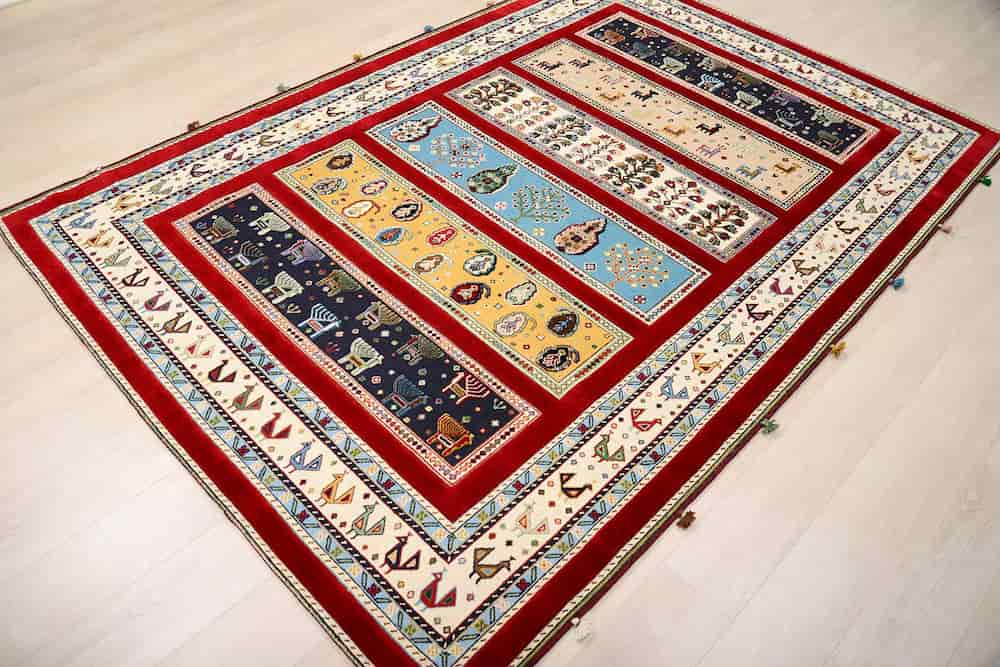
Handmade wool rugs from China
The designs on many antique Chinese carpets are frequently lifted from the works of Chinese painters as well as from patterns seen on silk
However, wool is the predominant material used in the production of handmade rugs that come from China
In certain instances, the designs of these carpets also feature ancient religious motifs combined with patterns of dragons
There is a possibility that the symbols on these carpets have Taoist or Buddhist origins
Weavers in China have taken a great interest in both their handiwork and their culture, particularly the technique of carpet weaving
You can frequently discover thin cotton warp threads in older carpets
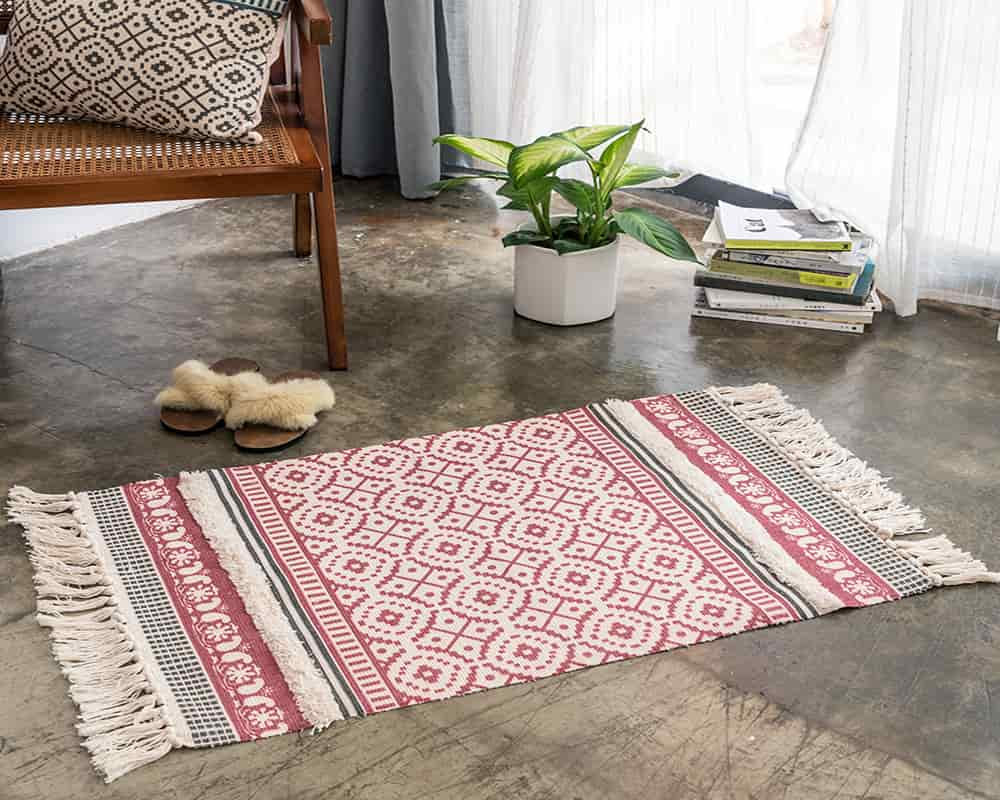
These threads, in conjunction with the coarse pile thread, are responsible for the formation of huge knots and relatively thick, yet soft and flexible carpets
The provinces of Kansu, Ningxia, and Suian, as well as a region of Inner Mongolia close to the city of Baotu, are responsible for the production of these carpets (Bauto carpets, often in small sizes, with landscape and symbolic patterns with blue colours in various subtleties as the dominant color)
In later years, the provinces of Shanxi, Hubei, and Shandong were incorporated as additional production provinces
The knots used in the production of modern carpets, which are modelled after Iranian knots, are used in the production of modern carpets
Models of Chinese carpets are known for their exceptional longevity due to their construction using machine wool and chrome hues
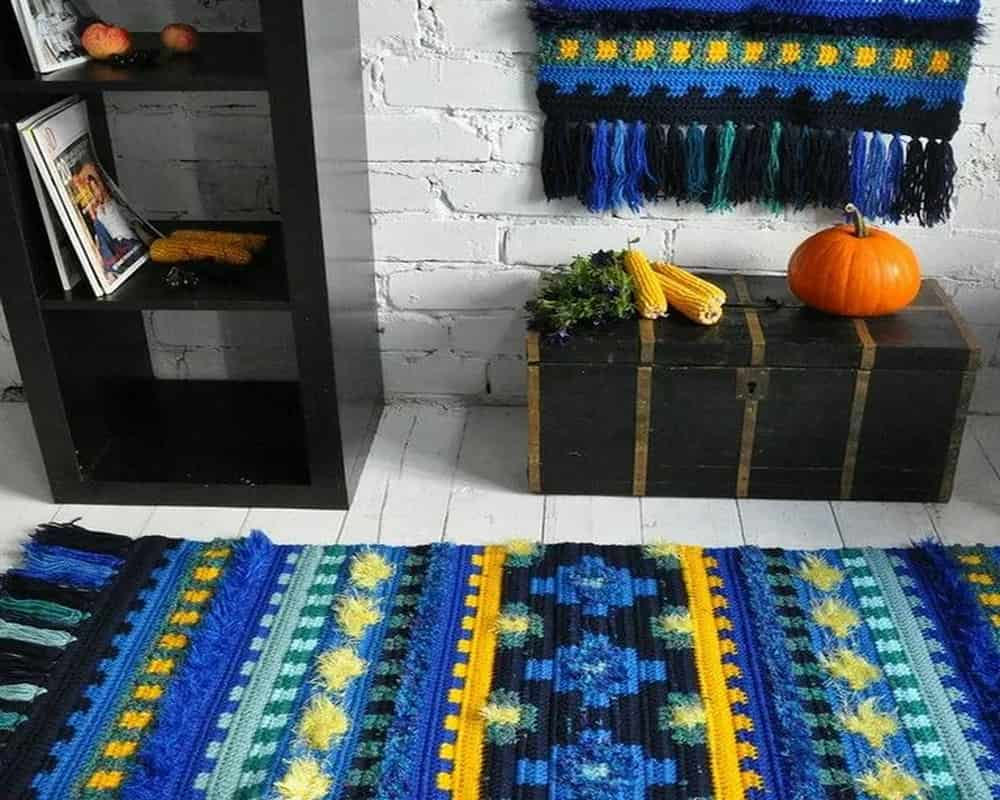
Turkish handmade rugs
Specify the type of carpet you desire prior to purchase to decide the price and quality of the desired Turkish handmade rugs or other types of carpet
Unique carpets woven from 100 percent silk and natural colour are quite pricey
The time required to weave a rug varies according to its size and thickness; for instance, it often takes six months to weave little decorative pieces measuring 40 cm × 30 cm, while bigger rugs require several years
The time spent on a carpet and the quality of its primary fibres are two major variables in determining its price
Do not believe that your negotiating talents will assist you in purchasing expensive, high-quality hand-woven silk rugs
If the seller suddenly reduces the price, you should be wary of the carpet’s fibres, since it is likely composed of wool and silk or silk and cotton
In the third phase, we describe how to distinguish between pure silk and blended fibres
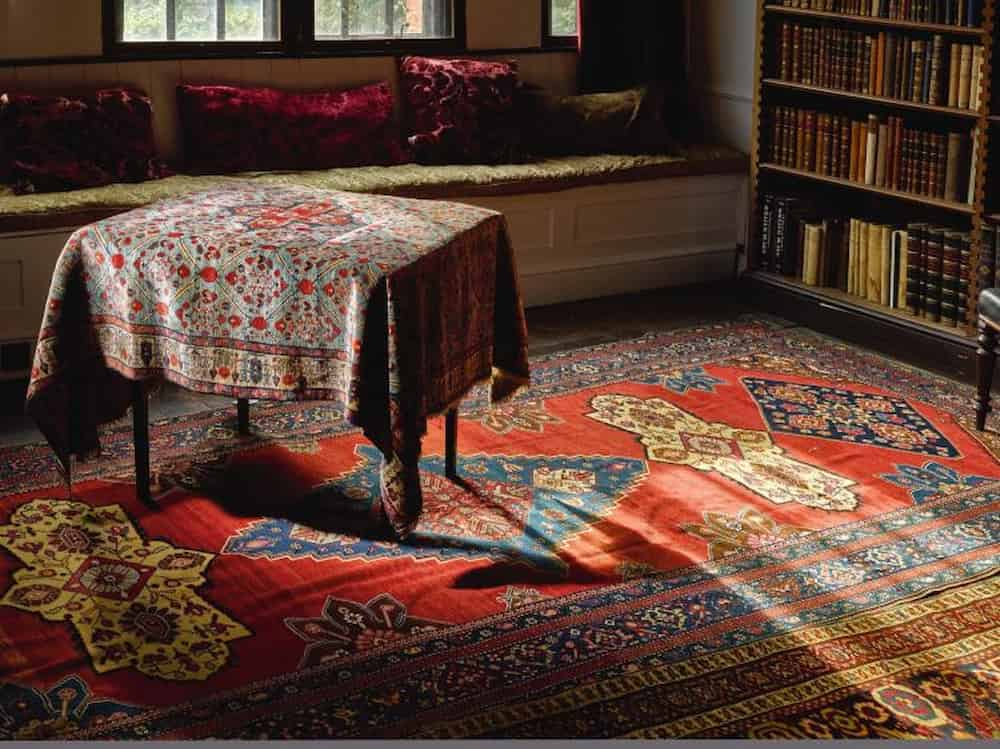
Anatolian women have used traditional patterns, colours, and motifs to pass on their unique stories for decades
A knowledgeable carpet merchant will explain the design and the narrative behind it so you can determine whether to host the carpet in your home
Although patterns and features don’t affect the carpet’s pricing, its borders do
Silk edges are thin and delicate, while wool edges are thick and sharp
Border knots of two distinct colours suggest a skillful and seasoned weaver
More than two colours and two knots indicate a child
And be wary of the term “antique carpet” used by Turkish carpet sellers, as they frequently look for one-of-a-kind rugs in Anatolia and sometimes keep them in their shops for years or decades, awaiting the appropriate purchaser
Deliver the carpet at an increased cost
